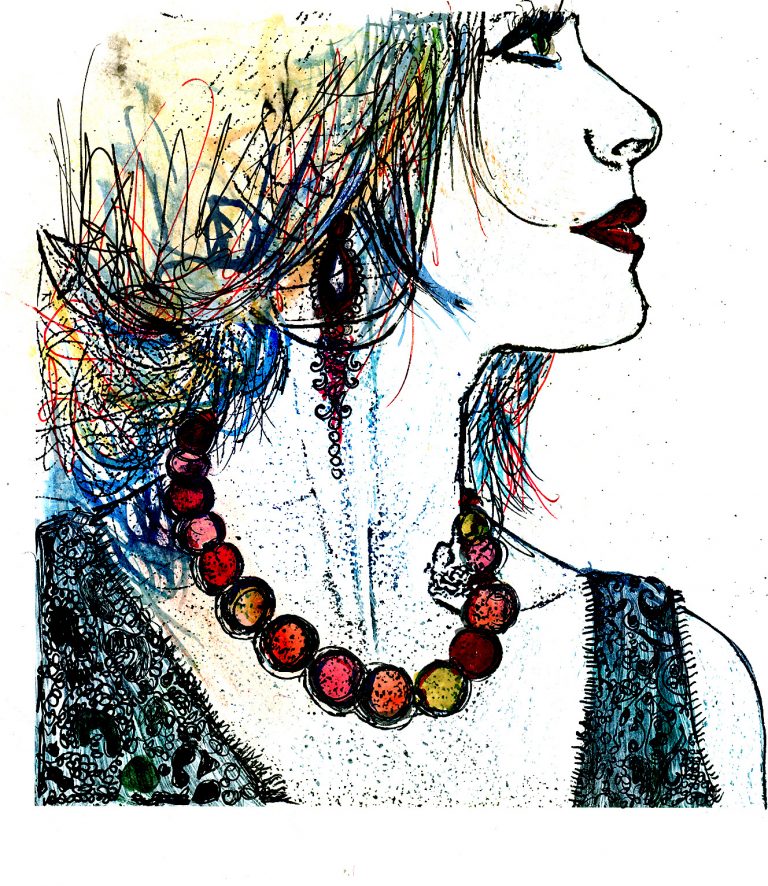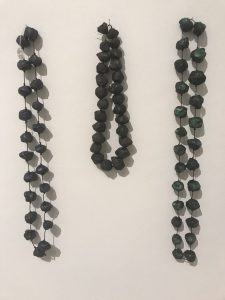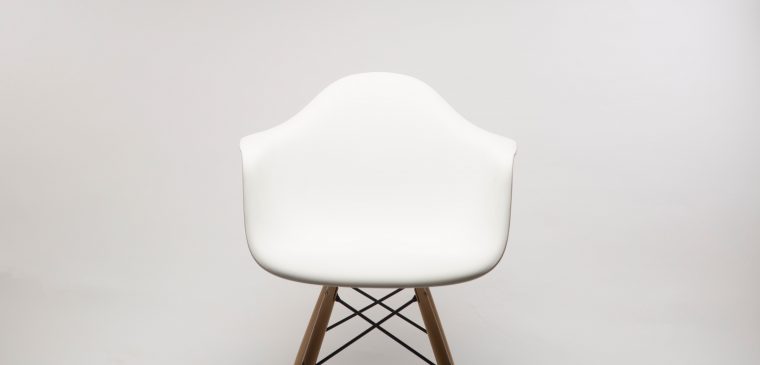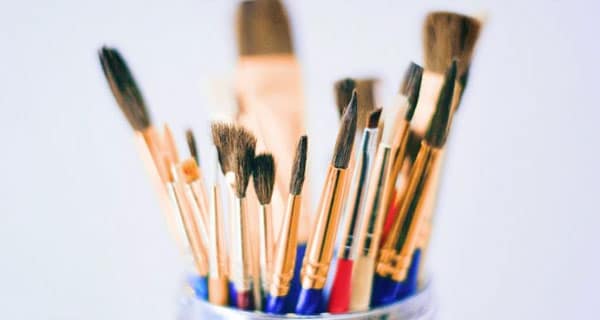
Used under a Creative Commons Licence
Copyright your Craft: An event held by Craft Victoria
On Thursday, 17 May 2018, as part of Law Week, Craft Victoria held a panel discussion to bring craft makers and legal professionals together to discuss copyright and intellectual property. The theme was copyright your craft.
Our law firm attended the discussion. The purpose of this update is to share some of the useful information that was discussed that night.
Copyright questions to consider
Some of the questions that were explored were:
- What are the principles of copyright and intellectual property that are most misunderstood?
- How can you make your craft in a way to protect your work before a storm hits?
- How can you be respectful of the intellectual property within your wider craft community?
- What things can you do to bolster your brands and intellectual property in positive non-legal ways too?
Definition of Copyright
The panel talked about how copyright is one of the intellectual property rights not required to be registered. It protects literary and artistic works among other things. Further, the person that creates copyright would be the owner to it subject to a number of exceptions which were not discussed in detail.
When is an artistic work protected?
The panel talked about the fact that an artistic work doesn’t need to be super detailed or amazing to qualify for copyright protection. There is no artistic critique that applies. That said, what is required is for the work to be original in that it is not a copy of someone else’s work.

This work would be protected by copyright law, Source: Pexel.
Do you need to use the Copyright symbol in order to get protection?
Even though quite a large number of artists assert copyright in their work by using the © symbol, this is not a legal requirement. If you do use this symbol, the way to do it in the following order:
© Name of copyright owner / Year of creation
Example: e.g. © Jane Smith 2018
Interesting Copyright cases: Copyright your craft
The panel also discussed the idea/expression dichotomy – an important part of copyright law.
The key message was that copyright protects the expression of the idea and not the idea itself. In the context of popular trends, they discussed that the use of FIMO and polyclay for jewellery. This can not be protected in its own right.
In the same vein, the word “YEAH” could be used by anyone for all sorts of art.
The distinction can be difficult to grasp but it is important and each case turns on its facts.
This means that you should avoid sending out claims of copyright infringement unless you have seen a lawyer.
Warning – Unjustified threats of Copyright infringement
Artists need to also be aware that the copyright laws in Australia specifically prohibit making unjustified / groundless threats of copyright infringement. This means that you could be in trouble legally if you send a letter blaming someone for copying when that letter has no legal basis.
What about works of artistic craftsmanship? Do they get protection?
Leaving aside groundless threats, the audience was particularly interested in understanding the distinction between artistic works and works of artistic craftsmanship.
This is an important distinction because when a craft item is mass-produced (technically known as industrially applied), copyright protection can be lost. An exception to this is if it is considered to be a work of artistic craftsmanship.
A work of artistic craftsmanship must exhibit a sufficient degree of craftsmanship and artistry (existing simultaneously). Whether a work meets this definition is an objective test applied by the court.
If it is a work of artistic craftsmanship then the item would be protected by copyright law. If it is not a work of artistic craftsmanship and you industrially apply it (ie by mass producing it), you could loose copyright.
This is a really challenging area, even for lawyers. The bottom line is that if a you plan on making multiple copies of the product he or she has designed, for example furniture, jewellery, clothing or ceramics, you should consider the option of registering a design.
Tell me more about design registration…
Design registration protects the appearance of a product, not its function. To qualify for a design under Australian law, the design needs to be new and distinctive. Unique shapes for door handles or the seat of an armchair are examples of manufactured products where the design itself may contribute to the product’s function. The fact that the appearance of a product is associated with the function of a product does not disqualify it from registration. Sometimes patent registration is also relevant as patents protect the way things work.
Design registration gives you the exclusive right to:
- make a product that embodies the design;
- import, sell, hire or dispose of a product that embodies the design; and
- authorise others to do any of these things.

This necklace is made from ordinary beads and would not be classed as a work of artistic craftsmanship.
When is a design new?
For a particular design to be new it must not be identical to:
- a product design publicly used in Australia, or published in a document anywhere, before the application to register the particular design was filed; or
- a design disclosed in an earlier registered design application.
It must not be publicly shown before you apply for protection.
This is a strict rule – you really need to keep your design secret or the design registration can be deemed invalid.
This is in contrast to the position in the US and Europe – they are more lenient and have a 12 month grace period.
What are examples of works of artistic craftsmanship?
One example that the panel gave was “Coogee” knitted jumpers. You might recall the way they looked – bold colourful and famous patterns. In the 1990’s Coogee were able to claim copyright in stitch structure of its fabric.
In contrast to this and more recently, a famous naval designer was unable to successfully claim that the mould of the full scale model of a yacht amounted to a work of artistic craftsmanship. In that case, the the court took into account that the model was designed for functional rather than aesthetic reasons. The main objective, said the court, had been to establish a high speed yacht as opposed to a yacht with strong aesthetic appeal.
Can jewellery be a work of artistic craftsmanship?
Interestingly, many members of the audience were curious as to where jewellery fits into the picture. The long and the short of it is that one off articles of jewellery could be considered works of artistic craftsmanship and could attract copyright protection. However, if the item has been mass-produced, copyright could be lost. Something is deemed to be industrially applied if 50 or more created (however it could be less).

Hand made jewellery sold at Craft Victoria
What about 2 dimensional patterns?
Two dimensional patterns can be protected both under copyright and design law, depending on a number of factors which were not discussed in any detail. Usually copyright is the more popular option.
Does furniture need to be registered as a design to be protected?
In the case of furniture, if it is leaning towards a functional item, design protection is important. Most furniture would generally need to be protected as a design unless the overriding concern is aesthetic.
The issue of replicas were also raised. Is it ok to copy if you use the word replica and the artist name? Will that let you get away with it?
The bottom line is, the word replica can be generally used and the copycat can get away with it.
The whole point is consumers would not be misled or deceived that the work is an original – as they are told its a replica upfront.
This has been the case with Herman Miller and Eames chairs. In fact, furniture retailer Matt Blatt has a range devoted to replicas alone.

If someone has copied you, what can you do?
The panel warned everyone to be careful about saying things on social media or sending letters alleging copyright infringement. If you get it wrong, you could be defaming the other party or make groundless threats.
There is also a law preventing conduct which is misleading or deceptive.
They talked about a case in which a swimwear business owner wrongfully accused Seafolly of copying and landed in herself in quicksand. Amongst other things, she posted 7 photos of Seafolly garments on her personal Facebook page under the heading “The most sincere form of flattery?”, with the name of one of her product designs and a question mark under each photo.
As a result, Seafolly claimed that she had:
- made statements that were misleading or deceptive;
- infringed Seafolly’s copyright by reproducing and communicating the photographs of Seafolly garments; and
- committed the tort of injurious falsehood (which is a bit like defamation but requires malice).
Contracts

Source: Pexels
The topic of contracts were also mentioned.
Particularly collaboration agreements and avoiding hidden traps with large corporations.
The panel warned artists that contracts could be really useful tool so that you are aware of your obligations. However, you need to read the fine print carefully. For example, a pottery artist was commissioned to do the first round of bespoke plates for restaurant. That was fine but when the restaurant needed a second round of plates, they gave the job to another pottery artist who then made the same plates at a cheaper price.
What other protection can an artist get?
Many artists use their own name as their brand name. It is therefore worth considering getting trade mark protection. Our firm for example assisted Emily Green by registering her name as a trade mark.

Emily Green earrings (sold at Craft Victoria)
Trade marks need to be distinctive. If you are not registering your own name, but using another name, it needs to be distinctive. For instance, you would not be able to register the words “ceramics” (or even “ceramix”) for ceramic goods as it would be considered descriptive.
However, the name Jody Allen Ceramics would be considered more distinctive.
More famous examples include “Coca-Cola” and the Nike “swoosh” logo.
Trade mark protection
A person who owns a trade mark in Australia may be able to stop other people using the same or a similar trade mark in Australia. Whether or not that person can prevent the use of that trade mark in other countries will depend on the law of those countries, and the person’s use or registration (or both) of the trade mark in those countries.
How can we help you?
Sharon Givoni Consulting assists artists and craft makers and product manufacturers.
Sharon Givoni is the author of Owning It: A Creative’s Guide to Copyright, Contracts and the Law, a book that explains in plain English how the law applies to creative industries.

Our firm can assist you with the following:
- Copyright protection advice
- Disputes
- Trade mark protection
- Design protection
- Terms and conditions for sale for commissions
At Sharon Givoni Consulting, we understand that creative professionals often wear many hats—designer, maker, marketer and business owner.
Whether you’re a jeweller, ceramicist, textile artist or furniture designer, your work deserves legal protection. From copyright and design registration to trade marks and contracts, we help turn your creative ideas into valuable assets. If you’re unsure how the law applies to your craft, we’re here to offer tailored, plain English legal advice.
Turning Legalese into Legal Ease® – and your “ideas into assets”™.
Please note the above article is general in nature and does not constitute legal advice.
Please email us info@iplegal.com.au if you need legal advice about your brand or another legal matter in this area generally.


